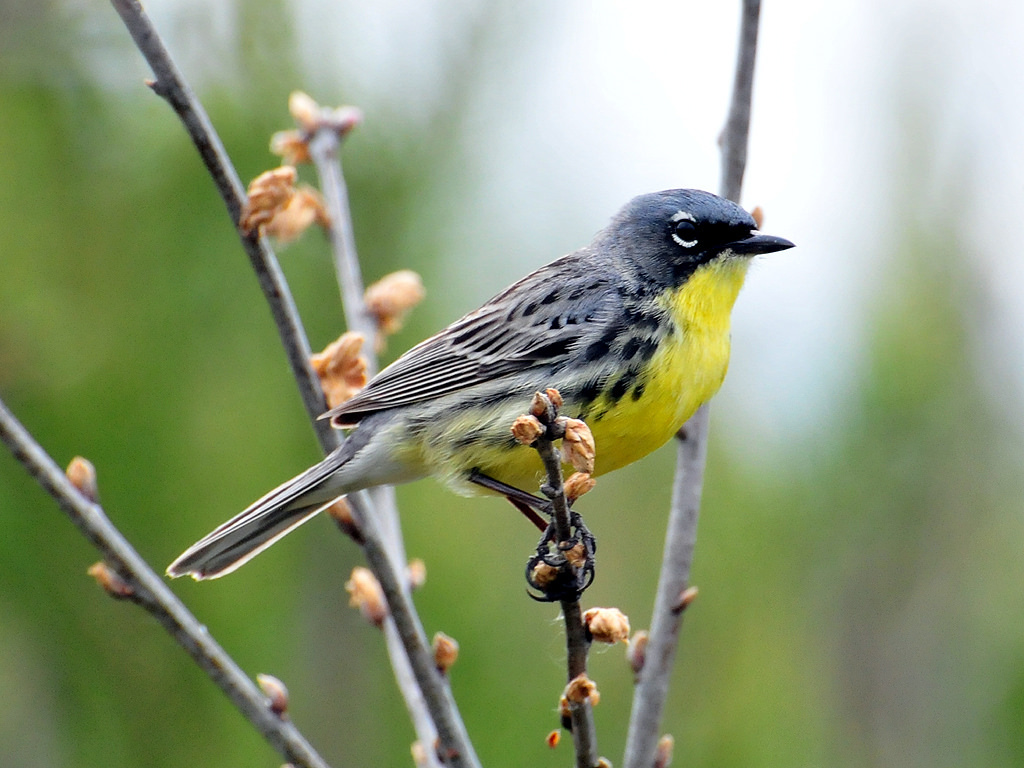
Last week was the 48th anniversary of Earth Day. I attended the first Environmental Teach-In in 1970 at the University of Michigan, a month before the first Earth Day on April 22nd. I saw Gaylord Nelson and Gordon Lightfoot there and attended lectures at even at 2, 3 and 4 am on environmental issues. There was a lot of energy in the air for the environmental movement. In the years following that first Earth Day, the Clean Air, Clean Water, and Endangered Species Acts were passed by congress.
There are many individuals in our federal administration who oppose the Endangered Species Act. Susan Combs, recently appointed by Trump as acting assistant secretary for fish, wildlife and parks, has compared the endangered species listings to “incoming Scud missiles.” This is short-sighted as the short-term gain by some individuals could very well result in the extinction of a species. The ESA was an intelligent piece of legislation that has been critical to saving our wildlife heritage. Many successes emanated from this act: the Bald Eagle population increased from 416 to over 10,000 pairs and was taken off the Endangered Species list in 2007; the Whooping Crane increased from 54 to 513 birds; Kirtland’s Warbler increased from 210 to 1,415 pairs, the Aleutian Canada Goose from 750 to 37,000 birds, and the Peregrine Falcon increased from 324 to 1,700 pairs. The California Condor nearly disappeared due to DDT, lead poisoning and hunting, the population declining to 9 birds by 1985. A captive breeding and release program begun in 1987 increased the population so that official statistics from the December 2016 USFWS recorded an overall population of 446, of which 276 are wild in California and Arizona and 170 are captive.
You can read the details of the success of the act at the Center for Biological Diversity.
About 1800 species are being protected by the Endangered Species Act and another 500 are on the waiting list, and it may take up to 12 years before the species is accepted onto the list. But it works. About 99% of the species put on the list are still around, but only about 1% have recovered sufficiently to have been taken off the list. Clearly the best tactic for saving endangered species is by protecting their habitat. But the ESA is not enough. It takes the cooperation of lots of individuals and agencies and, of course, money to protect habitat. So conservation easements, land trusts, tax incentives, and proper land use planning by the myriad of agencies who oversee land use are essential. You can search for particular endangered species on a U.S. Fish and Wildlife Service website.
As I have mentioned a few times before, there has been and continues to be a significant decline in the number of birds in North America (and the world). There are about 40% fewer birds in the U.S. then there were 40 years ago and about 25% of bird species are experiencing a serious decline. The two major factors across the world are habitat destruction and climate change.
I was hopeful when I attended the First Environmental Teach-In at the age of 29 that the environmental issues facing us would be ameliorated by federal and state laws. They have made a significant difference, certainly, but over the intervening time of nearly 50 years, I can personally attest to the environmental degradation that has occurred. Wonderful habitats I used to vist are gone or degraded and bird species I used to see regularly I see rarely.
On the other hand, the establishment of land trusts and the work of the Nature Conservancy and other land trusts and similar organizations across the county, gives me some hope that the powers that be will finally recognize that saving the environment is not only saving birds, but saving humanity, and is not just a fad.
Yes Roger, totally agree with all you have said, in particular that saving birds is saving humanity. And congratulations on taking such a strong stand on such an important issue as endangered bird species. Cheers, Peter